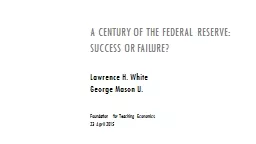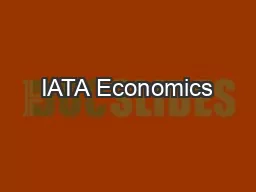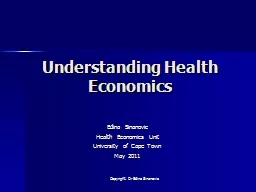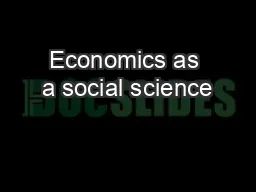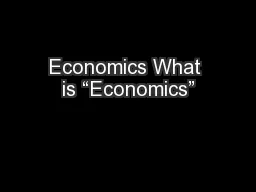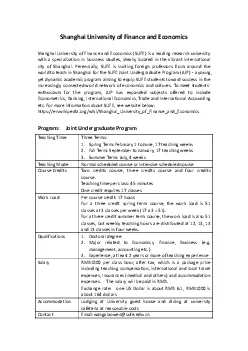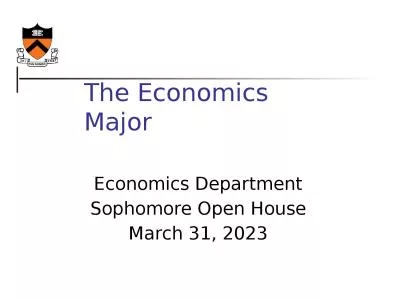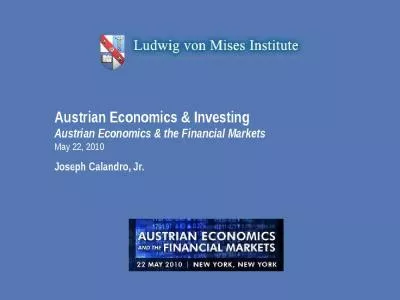PPT-Foundation for Teaching Economics
Author : pasty-toler | Published Date : 2019-11-20
Foundation for Teaching Economics 23 April 2015 A CENTURY of The federal reserve success or failure Lawrence H White George Mason U 0050 Why was the federal reserve
Presentation Embed Code
Download Presentation
Download Presentation The PPT/PDF document "Foundation for Teaching Economics" is the property of its rightful owner. Permission is granted to download and print the materials on this website for personal, non-commercial use only, and to display it on your personal computer provided you do not modify the materials and that you retain all copyright notices contained in the materials. By downloading content from our website, you accept the terms of this agreement.
Foundation for Teaching Economics: Transcript
Download Rules Of Document
"Foundation for Teaching Economics"The content belongs to its owner. You may download and print it for personal use, without modification, and keep all copyright notices. By downloading, you agree to these terms.
Related Documents

